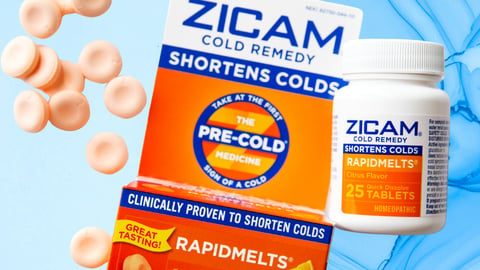Brooks Running Extends Supply Chain Visibility Down To Product Level
Brooks Running is investing in its manufacturing and sourcing visibility as it seeks to more effectively and efficiently connect dots within a complex supply chain.
Based in Seattle and a subsidiary of Berkshire Hathaway, the company doesn’t own any of the factories used for sourcing raw materials and/or manufacturing products, which hinders its ability to receive a true view of its sourcing and manufacturing relationships. As a result, it’s partnered with solution provider TrusTrace to better identify and mitigate responsible sourcing and business risks, as well as improve compliance maintenance
All of Brooks’ tier-one factories are currently using TrusTrace, and the company has invited over 130 tier-two and 70 tier-three to the platform. David Kemp, director of corporate responsibility at Brooks, stressed to CGT that the investment isn’t a “one-off exercise.”
“Given the constant evolving nature of manufacturing supply chains, we need a process to continuously trace the supply chain,” he said.
This ongoing monitoring is something they expect the platform to provide, and it’s already driven process efficiencies, including automating requests and collecting documentation to increase due diligence for customs compliance, according to Kemp.
“The platform’s ability to create visibility on a granular level is key to our responsible sourcing goals, especially given the complex and expansive nature of our manufacturing supply chain,” he said, noting that the tool’s success relies on support from Brooks’ factory partners, which are in turn responsible for adding their own upstream factories.
Brooks will use the technology to trace down to the individual product level; in addition to increasing manufacturing transparency, it’s also expected to improve efficiency of chain of custody data collection.
“Tracing at the individual product level is important for customs compliance, preparing for future legislation, and meeting growing external expectations to be transparent about a product’s specific manufacturing supply chain,” Kemp explained.
The benefits of the investment are expected to span cross-functionally. Brooks’ responsible sourcing and corporate responsibility departments are using the enhanced visibility to help prioritize efforts to engage with factory partners towards managing social and environmental issues, according to Kemp, as well as advance the company’s Responsible Sourcing and Planet 2030 targets.
The trade compliance, legal, sourcing, and product creation teams are further leveraging insights discovered through the platform to support other functional processes and objectives.






